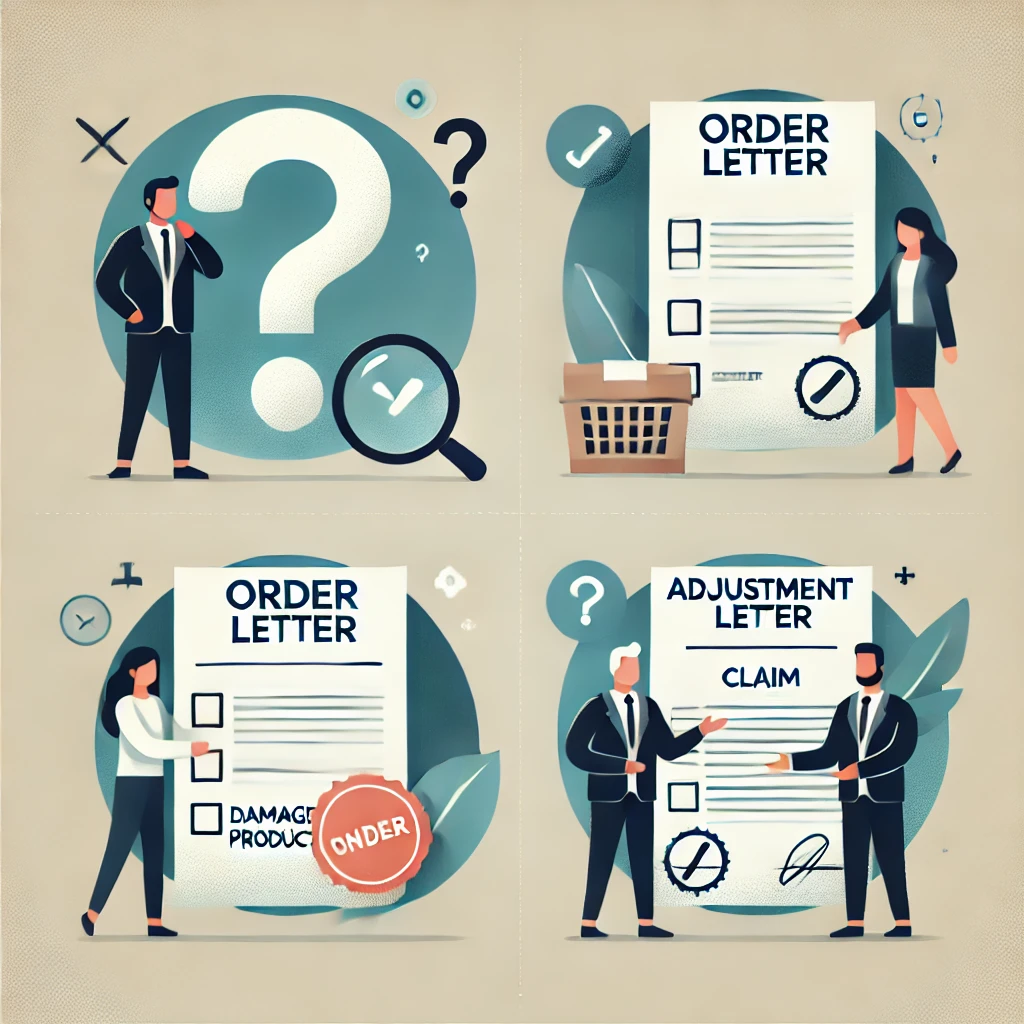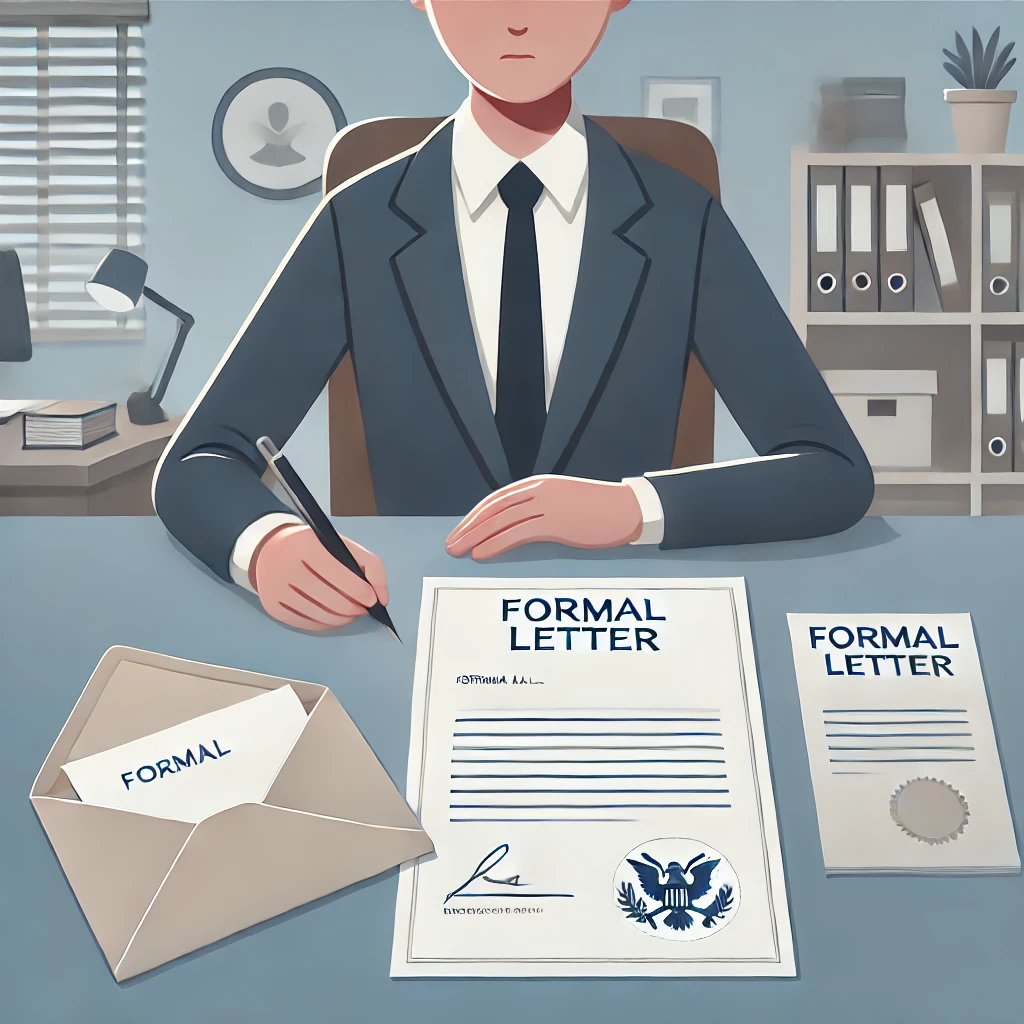In business communication, directness is a key strategy for handling good-news and neutral messages effectively. Whether you’re writing an inquiry, placing an order, making a claim, or responding with an adjustment, using a clear and concise approach ensures understanding and efficiency. This post explores how to apply directness in these specific letter situations.
—
1. Inquiry Letters
Purpose:
To request information or clarification about a product, service, or policy.
Directness Application:
Start with your main question or request. Avoid lengthy introductions.
Example (Opening Line):
“Could you please send me your latest catalog and pricing list for wholesale orders?”
Tip:
Follow up with specific questions or requirements. Keep it polite but to the point.
—
2. Order Letters
Purpose:
To place an order for goods or services.
Directness Application:
Begin with the order details: item names, quantities, and specifications.
Example (Opening Line):
“I would like to place an order for the following items as listed below.”
Tip:
Include payment method, delivery date, and contact information in clear bullet points.
—
3. Claim Letters
Purpose:
To report a problem with a product or service and request a resolution.
Directness Application:
State the issue immediately, followed by facts and your request.
Example (Opening Line):
“We recently received a shipment of chairs, and six were damaged upon arrival.”
Tip:
Remain professional. Avoid emotional or accusatory language.
—
4. Adjustment Letters
Purpose:
To respond to a claim with a solution, apology, or explanation.
Directness Application:
Begin with the decision: approval or denial of the claim.
Example (Opening Line):
“We apologize for the inconvenience and have arranged to send six replacement chairs immediately.”
Tip:
Express appreciation for the customer’s communication and reassure them of future quality.
—
Why Use a Direct Approach?
Saves time for both writer and reader
Builds transparency and trust
Prevents confusion and unnecessary back-and-forth
Best suited for routine, positive, or neutral messages
—
Conclusion
Mastering the use of directness in specific business letter situations — like inquiries, orders, claims, and adjustments — can greatly improve your professionalism and communication effectiveness. Always aim for clarity, politeness, and relevance in every message.
—
Call to Action:
Want more real-life business letter examples and writing tips? Subscribe to our blog and level up your communication game!




